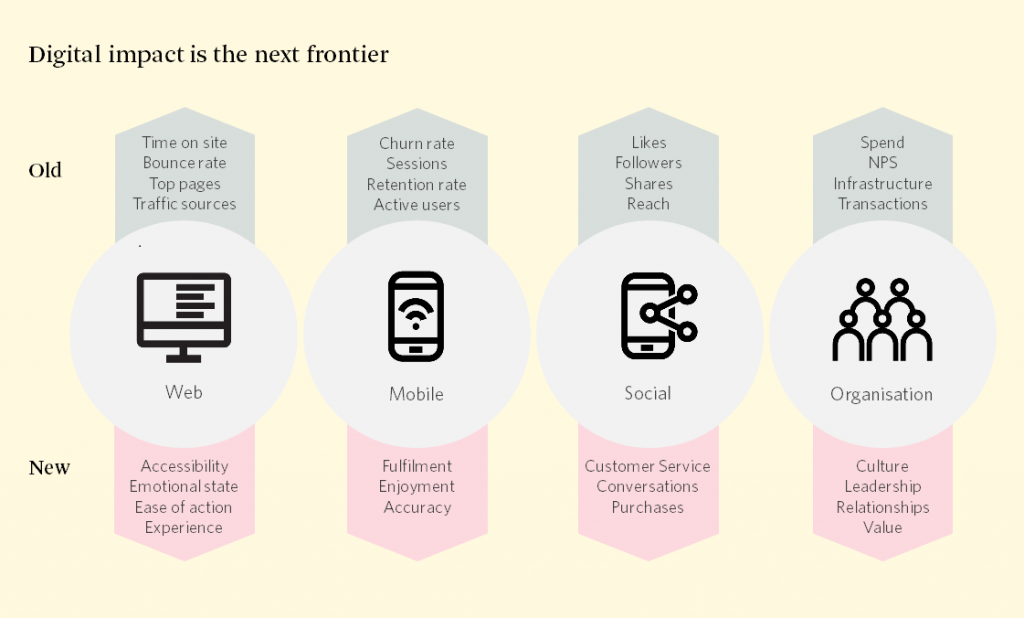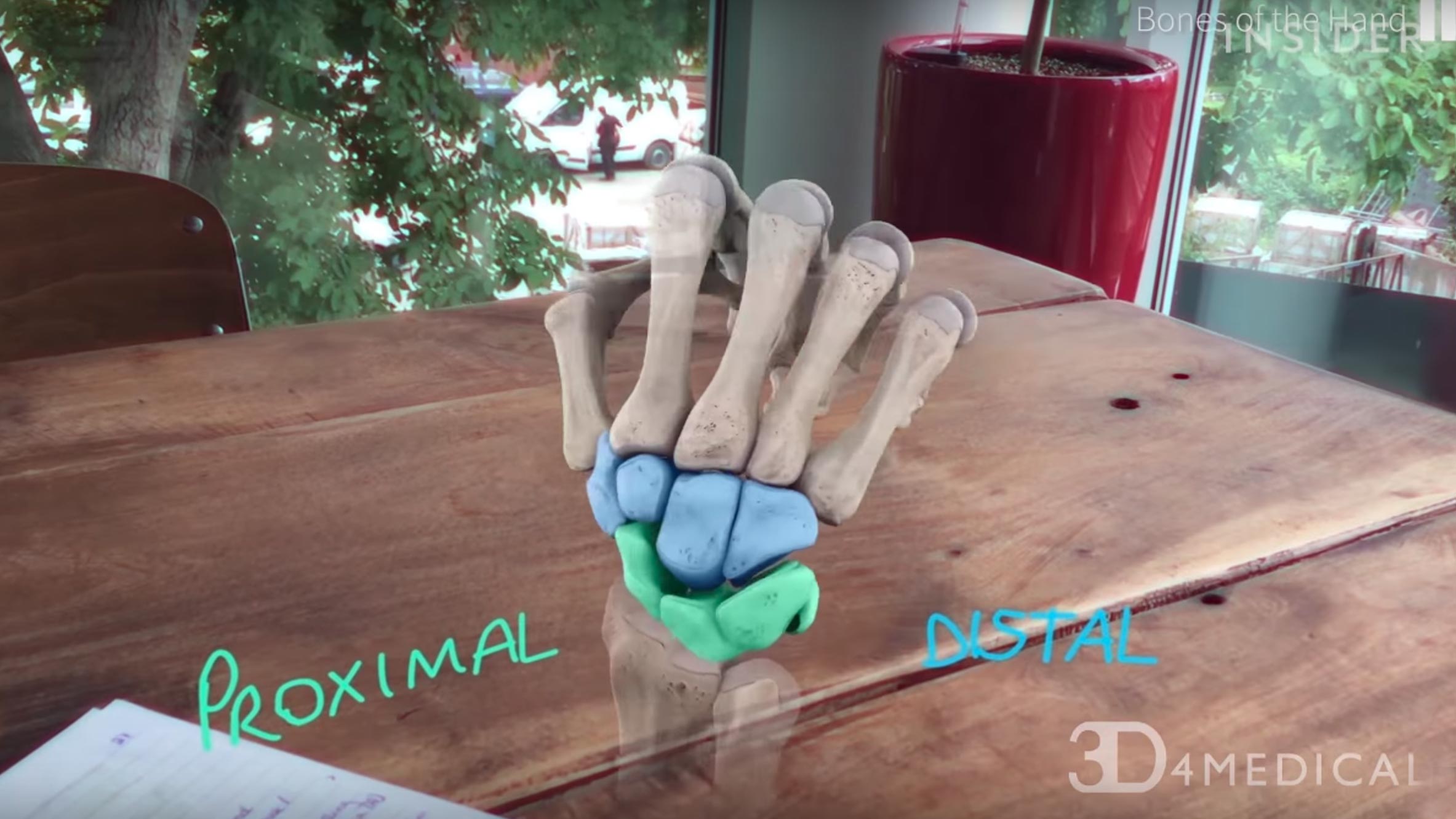
2018 saw a mix of forces starting to clash in spectacular fashion. This constant tension will continue, forming the key themes of our 2019 digital predictions.
Nearly a million Australians voted with their keyboards, opting out of the My Health Record as the push for government centralisation faced heavy opposition from citizens with rightful concerns about their data security and sharing policies. Consumers discovered how vulnerable they were to breaches and the impact of selling information to 3rd parties, yet seemed reluctant to change their habits. With over 250,000 health and fitness apps on the market, regulators struggled to define and mandate protocols in particularly high impact sectors going through rapid growth.
These issues do not exist in a vacuum and 2019 will continue to see extensions of these themes: unknown outcomes from industries constantly at odds between innovation and regulation; a change in thinking from traditional metrics to impact metrics; and the need to address the growing body of evidence that screen time has a negative impact on a generation that doesn’t know life without digital devices.
Considering the forces at play, these are our 2019 digital predictions.
Organisations will need to work harder to establish trust
Although the Facebook backlash was relatively short-lived, it did create a precedent: consumers are now more aware of their data and have questions they want answered. Consumers are not averse to sharing their data: for example, 60% of consumers say they are willing to share personal health data with their health provider to improve their health. However, consumers do want to know how and where their data is being used.
Transparency of data sharing policies, written in non-legalese, as well as ongoing public reporting, can alleviate consumer fears. There is also an opportunity for organisations to create a competitive difference by being forward thinking in their data policy communication.
A mix of realities will be the driver of change in high impact sectors
Augmented, virtual and mixed reality has a range of important use cases in health care. By improving access, boosting training, assisting practice, empowering patients, delivering treatment and speeding up the adoption of new technology, the sophistication and consumer comfort of these emerging technologies will lead to meaningful change in the entire healthcare ecosystem.
Work is underway to address the challenges in regulating some of these technologies. Business leaders must be ahead of this curve and must commit to defining and reporting on the patient outcomes and business impacts of these technologies. While regulators like the FDA and TGA provide the rules and frameworks, it is up to organisations to adhere lest they are sanctioned or shut down. Being proactive will not only save time and money in the future, but will create a more compelling proposition for consumers.
Outside of healthcare, and in a less regulated sector, there is a growing trend of using mixed reality in education. Augmented education programs can increase access to knowledge, provide engaging and interactive teaching sessions and enhance the delivery of hard science, social studies, and creative courses.
VR can encourage motivation, build collaboration and offer educators an expanded tool belt of ‘real world’ learning opportunities – all without students and teachers having to leave their classroom. (Silicon Republic)
This too creates opportunities for education providers to enhance their offering by creating online, offline and mixed modules utilising a range of different technologies that are becoming commonplace.
Organisations will expect metrics of impact beyond engagement
Metrics like time on site, click through rate and churn will still be common and expected, however impact driven metrics – accessibility, relationships, experience, fulfilment, and others – will become core business drivers. This may lead to more complexity in outlining, understanding and reporting on a wider range of measures, however CIOs and CTOs that consider the holistic and contextual engagement of their digital assets will reap economic benefits.

The overlaying of social impact measures and digital measures is an evolving and growing space at Ellis Jones, and it’s where we see the future of digital going. It’s not enough to create an impression or engagement, what is more important is to consider the impact of these on the individual and create experiences that lead to meaningful outcomes and to minimise potential harm.
Society is likely on the cusp of a social revolution, during which it will be important to redefine socially appropriate and acceptable behaviours (with regard to digital or virtual interaction). We are at a point in history where very few people have given critical thought to new social realities created by technology and what those realities mean for the individual and society. (Human Kinetics)
Technology needs a new leader
Not so much a prediction, but just a final thought (in hope). Although now the villain, a decade ago, Mark Zuckerberg changed the face of technology. But his profile has slowly eroded, and the next poster child became Elon Musk. However, Musk is divisive in his views of work, creates controversy in media interviews, says some downright bizarre and unacceptable things and has created intense scrutiny with the Securities and Exchange Commission for potentially committing fraud. Although that has now been settled, the outcome is that his position as a leader is questioned constantly.
Technology, digital and innovation needs someone to aspire to. Someone who understands that the work we do is an enabler of better outcomes, that the win-or-die mentality pervasive in the industry is not sustainable and a new leader who openly advocates for equality, particularly in leadership.
Talk to us about transforming your approach to digital in 2019.


